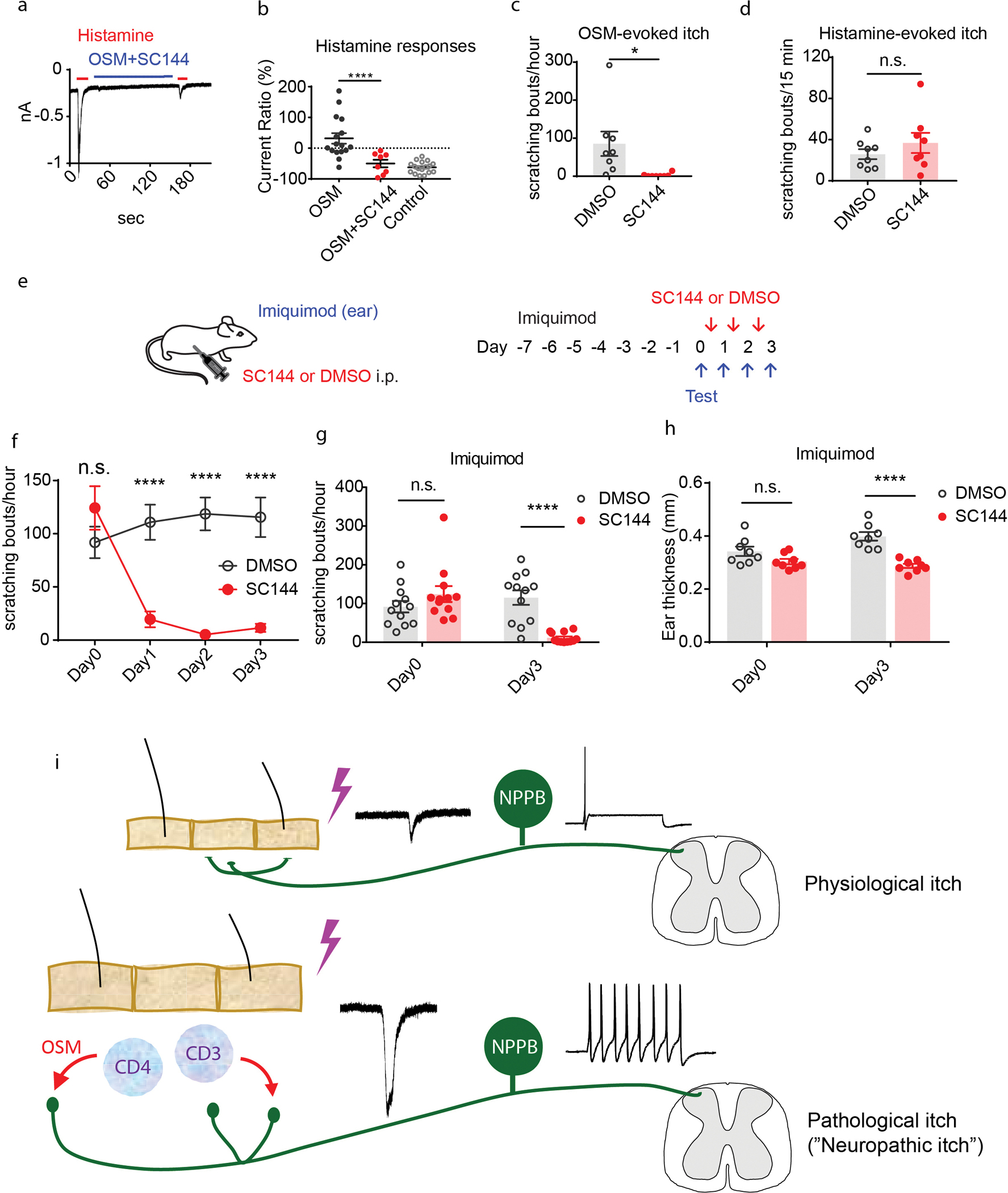Figure 6. Disruption of OSM signaling mitigates cutaneous inflammatory scratching.

(A-B) Representative traces of voltage-clamp recording of Nppb-neurons. (A) Administration of histamine (red line) or histamine after treatment with SC144 (10μM) and OSM (1μg/mL) (blue line). (B) Quantification of repetitive histamine-evoked currents after OSM-treatment (n=16 neurons) compared with OSM + SC-144 treatment (n=8), ****p=0.0008. (C) Effects of SC144 on OSM-induced delayed scratching. 30–60 minutes post treatment mice administered SC144 (n=8) compared with control mice (n=8) injected with vehicle (DMSO), *p=0.02, data presented as mean ± SEM, two-tailed Student’s T-test. (D) Effects of SC144 on histamine scratching. During the first 15 minutes after histamine injection, scratching bouts in the presence of SC144 (n=8) compared with control DMSO (n=8), ns p=0.3, two-tailed Student T-test, data presented as means ± SEM. (E) Experimental design of tests on the efficacy of SC144 for itch in the imiquimod-induced psoriasiform-dermatitis model. Mouse ears were topically treated with imiquimod for 7 consecutive days to establish dermatitis. Immediately before SC144 or vehicle treatment, numbers of scratching bouts were measured (Day 0). At Day 1, 2, and 3, SC144 or vehicle was intraperitoneally injected into mice 30 minutes before behavioral tests. (F-H) Examination of the effects of SC144 on imiquimod-induced itch and skin inflammation. (F) At Day 0, before treatment, scratching bouts in SC144 compared to DMSO treatment group, ns p=0.36. In DMSO group, scratching bouts compared with SC144 treatment, at Day 1, 2, and 3, ****p<0.001 (ANOVA Sidak’s multiple comparison test). (G) Quantification of scratching bouts for control DMSO group (n=12) compared to the SC144-treated group (n=12), at Day 0 ns p=0.15 and at day 3, ****p<0.0001 (ANOVA Sidak’s multiple comparison test). (H) Quantification of ear thickness, in the SC-144 treatment group compared to the control DMSO group at Day 3, p<0.0001 (ANOVA Sidak’s multiple comparison test), data presented as mean ± SEM. (I) Schematic of possible mechanism for itch sensitization during chronic skin inflammation. In healthy skin, pruritogens transiently activate peripheral Nppb-nerve fibers and elicit transient itch sensation. During chronic skin inflammation, immune cells infiltrate inflamed skin and release OSM. The Nppb-nerve fibers are sensitized by OSM and exhibit hyperactivity and hyperexcitability which can lead to exaggerated persistent itch. In addition, the loss or alteration of epidermal nerve fibers may contribute to altered itch responses (89, 90).
